Two things that can make you think of a hair loss specialist are having hair problems or planning to become one. Whichever has brought you to this post, you have come to the right place.
Hair loss has now increased in both men and women and begins at an early age, thus increasing the demand for hair loss specialists. The hair sheds naturally, but when it becomes drastic, you notice a significant thinning of the hair. A deficient diet, stress, medications, and lifestyle can cause hair loss.
This results in an unpleasant experience that no one regards as attractive. Aside from affecting your physical appearance, it messes with your mental health. You will need the guidance of a certified hair loss specialist and effective treatment to stop the loss and force the hair to regrow.
This article will discuss hair loss, treatments, and how to become a hair loss specialist. So, please stick with us as we delve into all things concerning hair loss.
What is Hair Loss?
Hair loss is a condition where the hair falls off the head in mass or small quantities over time without growing back. It causes the hair to thin out, sometimes with unattractive patches. You can lose about 60 strands of hair daily because of styling, washing, and other activities.
They do not cause you any harm since you must shed some hair for new ones to grow out in a complete hair cycle. The stage at which the hair loses some in the rotation is referred to as the telogen phase. When they start to grow back actively, they enter the anagen phase.
When the hair cycle gets altered, you experience extreme hair loss. Several things could be the culprit for causing hair loss, from lifestyle to infection and other medical conditions. Hair loss is often associated with the scalp’s health, which gets regarded as the skin. Hence, you need a hair loss specialist dermatologist to show you how to proceed.
Types of Hair Loss
There are several reasons the hair thins out; sometimes, it may be your diet, stress, or hormones. So, they get classified into different types to understand hair loss further. Below are a few common types of hair loss.
Female pattern hair loss: In abbreviation, FPHL is one the most familiar way women lose their hair. In this condition, you continually lose hair as you style. It thins out the hair over time, but it is more noticeable from the 40s. Female pattern hair loss would start from the genes if you inherited it from your parents.
However, life changes like menopause or the increase or decrease of certain hormones can also trigger the condition. The first area to spot this pattern is with receding hair lines and wider hair parts. You must see a doctor and start treatment when diagnosed with this condition before it worsens. Sometimes pattern hair loss can be because of other severe medical conditions.
Scarring alopecia: Excessive or wrong use of chemicals like relaxers or exposure to fungi on the hair can cause scarring alopecia. In this condition, hair follicles get destroyed, making them unable to grow back. If diagnosed on time, with treatment, you may be able to regrow your hair. When left untreated for long, it leads to permanent hair loss.
Hair shedding: It is also called the telogen effluvium, where certain conditions like stress, hormonal changes, and fevers cause your hair to fall. This condition is a common side effect of chemotherapy, where the hair sheds due to the drugs. You must visit a trichologist if you notice large sections of your hair separating and clearing from the roots.
Read related articles:
–Top 17 Best Hair Extensions For Fine Hair You Will Love to Know
–15 best moisturizers for natural hair and where to buy them
–4c Hair Men: Grooming, Styling, And Hair Care Tips

Symptoms of Hair Loss
You should watch out for the signs if you notice your hair shedding more than usual. Most doctors advise you to watch the decline of your hair volume for a few weeks to before you decide. Here are some ways to check if you are shedding drastically.
- In the morning, check your pillows for hair that may have fallen out as you slept.
- You need to monitor your hair after a shower. Please take note of how much it falls after taking a shower.
- Measure the volume of your hair from when you begin to take note of the shedding. This will help you track how much your hair has thinned out.
- Take note of the hairline and if it is receding.
- Hair shedding in patches.
Diagnosis for Hair Loss
If you have experienced hair loss and you book a session with a hair loss specialist, the first thing they should do is a diagnosis. It usually starts with a physical examination to check the extent of damage to the hair. The trichologist will also ask critical questions about your medical history and diet. You can also expect some questions about your family and some traits. When all these become clear, you might do some tests.
Pull test: This is a physical test where your doctor runs his hands through your hair to see how many sheds. So, they will pull on your hair gently; depending on how much it comes out, they can determine the extent of the damage.
Blood test: A blood test is one of the best ways to detect things wrong in the body. And for hair loss, it is the same process of drawing out blood to carry out specific tests to know the cause of hair loss.
Light microscopy is a technology that can spot hair loss at the base. The instrument gets primarily used for problems with the hair shaft.
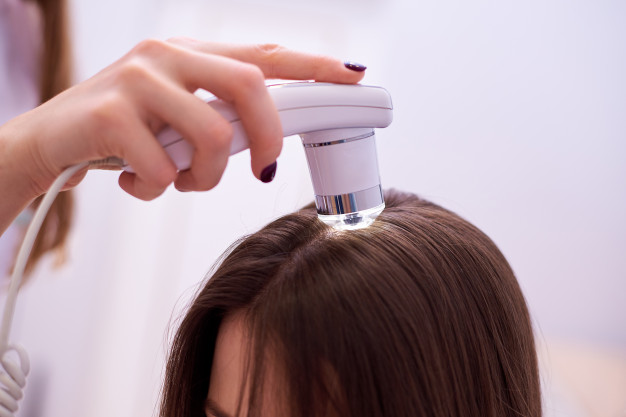
Scalp biopsy: After a pull test, the doctor might further take the hair under the microscope if an infection is suspected. If the doctor didn’t do a pull test, he could also shave off a little portion of your hair for this purpose. Under the microscope, the root of your hair becomes more visible to notice if an infection is a culprit for the hair loss.
Treatment for Hair Loss
There are several treatments available for hair loss. The treatment can slow down or stop the loss entirely. Depending on the problem, such as alopecia, you might treat and regrow your hair from the roots.
Medications for Hair Loss
You will be prescribed medications to treat the condition if it is a disease causing your hair loss. On the other hand, some medications might be responsible for your hair loss, and you will have to stay off them for some time. Below are some of the common drugs available to treat hereditary pattern baldness.
Finasteride: This drug is made explicitly for men struggling with hair loss. Taking over a period slows down loss and boosts new hair growth. It may not be effective for men over 60, but they can still take the medication. While finasteride may be effective in treating hair loss, it doesn’t come without its fair share of side effects.
The drug can increase the risk of having prostate cancer and can lower the sex drive. Amidst the side effects, finasteride before and after pictures always shows improvement when appropriately used.

Minoxidil: In some places, minoxidil is referred to as Rogaine, and it’s usually available over the counter without a prescription. The formula usually comes in somewhat shampoo consistency or liquid state. The drug reduces hair loss and helps the regrowth of hair. For practical use, you must apply it directly on the scalp twice a day for about six months.
The best time to apply it is usually when your hair is still damp from a shower. You might not see the effects of the drug until after up to 6 months to see the results. Then your hair will show signs of regrowing; it is a sign that you should continue using the product until your hair fully recovers.
Hair Transplant Surgery
Permanent hair loss attacks the top of the head, making it very visible and unattractive. Medications don’t usually work for permanent hair loss, so your doctor will recommend a hair transplant. The surgery involves a process where hair gets shaved from the unaffected areas of the head and transplanted to the areas with hair loss.
The shave hair patch has micro and mini grafts, which can get planted into the bald area. In some cases, instead of shaving the hair, a skin strip with enough hair will get transplanted. It is pretty painful, but you will be given a sedative to knock you out. You will need to undergo several surgeries to get the desired effects.
However, if your hair loss is a hereditary problem, even with surgery, the hair will still regress. After the procedure, you do not need to stay in the hospital but should watch out for some side effects. You might experience bleeding, swelling, bruising, and infection.
Laser therapy
Low-level lasers have gotten approved by the FDA to treat hair loss, mainly those that are hereditary. The procedure can improve hair volume. The effectiveness of laser therapy in the long term is not known.
Home remedies to Treat Hair Loss
If your hair is falling off, you can try to salvage the situation before getting treatment. That’s because most hair loss treatments are not covered by health insurance. So, while you wait for when you go for the surgery, you can change your regular hairstyle to one that gives you more volume.
Changing your hair color to something vibrant can create an illusion of fuller hair. Talk to your hairstylist as you want to avoid styles with wide parts that will show spaces on your head. You can always use hair extensions to fill up the areas or wear a wig to cover it entirely. If going through all these fusses doesn’t sound appealing to you, you can end up shaving your head like in the case of Jada Pinkett Smith who suffers from alopecia.
Also, to aid the medical treatment, your doctor will most likely suggest you switch to using shampoos specifically made to boost hair volume. Some of the best shampoos to prevent thinning hair include Andalou Naturals Argan Stem Cell Age-defying shampoo, Nioxin System 4, Isdin Lambdapil Anti-hair Loss shampoo, and Bumble and Bumble Thickening Volume shampoo.
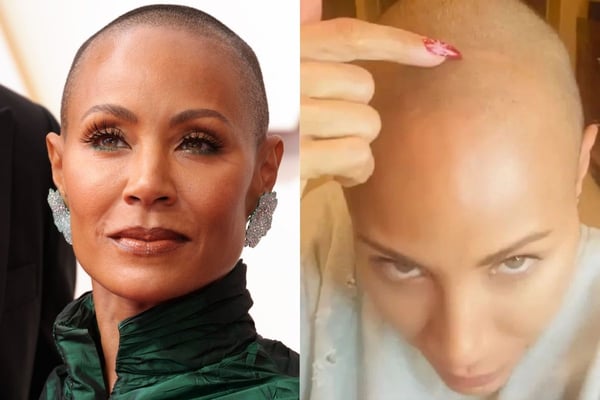
How to Become a Hair Loss Specialist?
A hair loss specialist is just a simple reference for this study. Professionally, they get the title of a trichologist. While it is not a medical field, a trained dermatologist often adds the specialization to enable them to treat hair loss-related issues. That’s because trichology as a field of study focuses on hair, scalp, and hair loss.
If you choose to become one, you can work in salons, hospitals, and anywhere specialized care for hair gets needed. Before you decide to study hair, there are specific guidelines you must follow to achieve your dreams of becoming a hair loss specialist.
Choose Your Career Path
You can get certified in one of three branches of trichology: stylist, clinician, and assistant. You get to work with hair restoration in different settings and capacities. But it all requires certification before you can proceed with your career.
1. Cosmetology School
You will need to apply for a cosmetology program if you want to work in a salon. This means you get to work as a hairdresser or specialized salon section for hair loss. Through this medium, you can help many people with several non-clinical treatment scalp disorders.
The program does not only cover the trichology aspect, but it also teaches how to style and cut hair. So, you get a great package to begin your career with a cosmetology degree. This course work takes about three years to be called a certified cosmetologist.
2. Dermatologists Specialized in Trichology
To become a professional with expertise, you must go through the becoming a dermatologist route. Getting a medical degree in dermatology should be your first concern, and many universities offer the course. It takes four years to get an undergraduate degree, after which you must attend medical school.
There you can specialize in dermatology with an emphasis on trichology. Upon graduation, you must do three years of clinical residency. After which, you study and pass the MCAT before you can become a board-certified dermatologist. Since your degree focuses on hair loss, you will be referred to as a clinical trichologist, where you work with patients with hair loss and administer the proper treatment.
If you wish to perfume hair transplants, you must become a hair restoration surgeon, which means an additional 2 to 4 years of medical school aside from the eight years to become a dermatologist.
3. Hair Restoration
Another way to get certified is by applying for an associate degree in hair restoration. If you are successful in the study, you can work with hair restoration clinics, lab assistants that aid hair transplant surgeries, and consultants. You complete the course online, which takes two years to complete.
The easiest way to enter such an associate program is to search for colleges that offer hair restoration or medical transcribing associate degrees. However, most of these certificates are classified as weak and hinder your career launch. So, be careful when choosing to enroll in one.
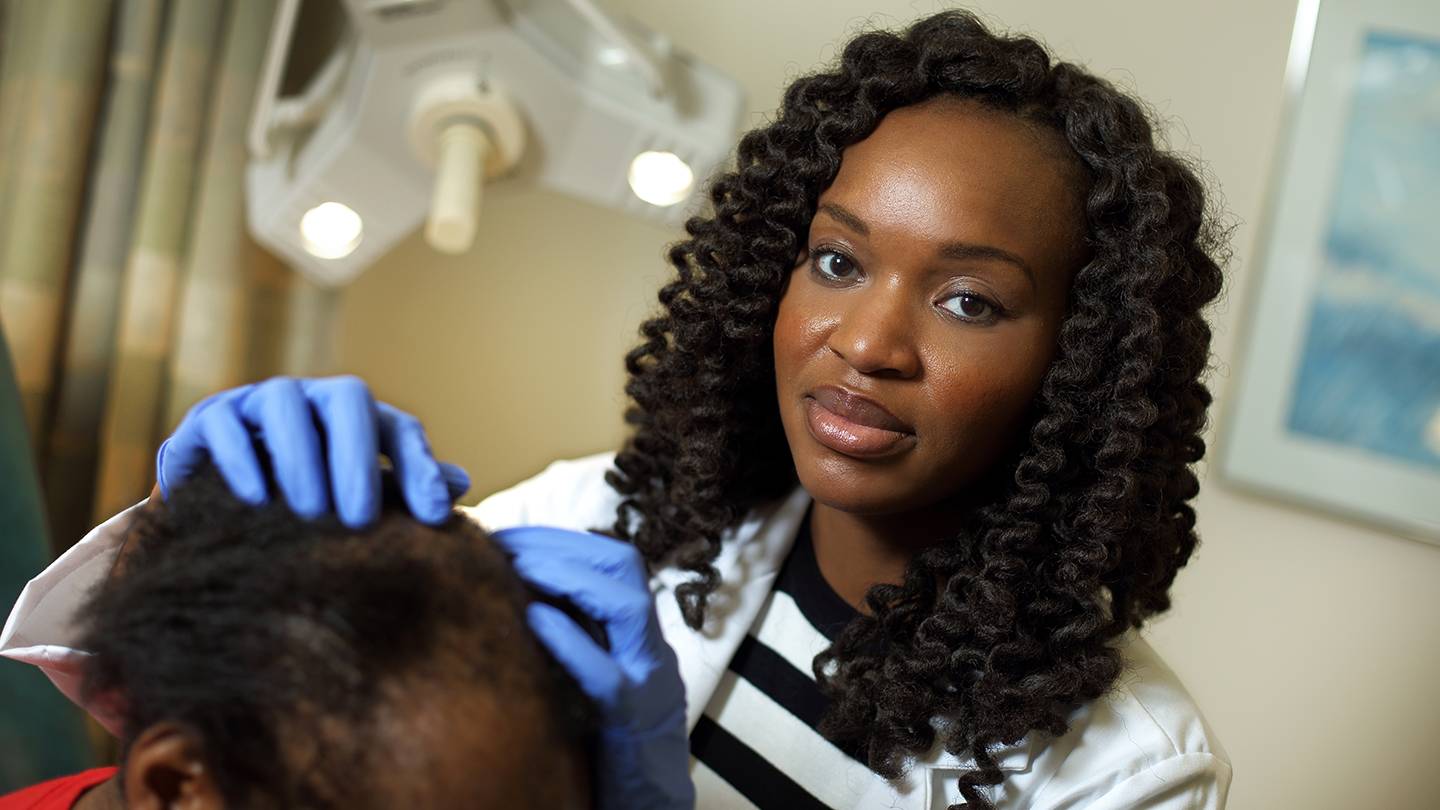
Which Career Path is Better for Becoming a Trichologist?
It is a matter of preference when choosing which path you should take. Cosmetology is not bad if you don’t mind helping clients in salons or as an independent consultant for hair loss styling. You will be limited to practicing outside the medical field but still, get to do what you love by helping people with hair problems.
On the other hand, you can only work in the clinical setting if you possess a medical degree in dermatology. However, it takes more years and money to achieve the certification, but it is worth the effort. So, if you wish to have a clinic career, you follow the specific medical aspects of trichology.
Conclusion
Hair loss is now becoming a serious issue many people suffer from. When you notice such hair loss, you will need to visit a hair loss specialist for proper diagnosis and treatment. If you have decided to choose a career path, you must attend classes, turn in essays, and pass exams to get your certificate.
You also must be passionate about your practice and be hands-on to gain the necessary experience. Only then will you be able to advise clients on the best treatments when suffering from hair loss. To kick start your trichology career, join a professional trichology organization in your country. You can quickly gain more insights and meet mentors to guide you in the field.
Also, read our latest articles:
–How To Detangle A Super Knotted Hair + Natural Home Remedies
–Is Brazilian Laser Hair Removal Worth The Hype? See Reasons Why!
–Roll-On Deodorant: What Is It, Types, Benefits, Side Effects, And 5 Best Products














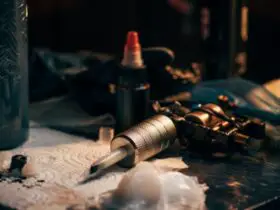


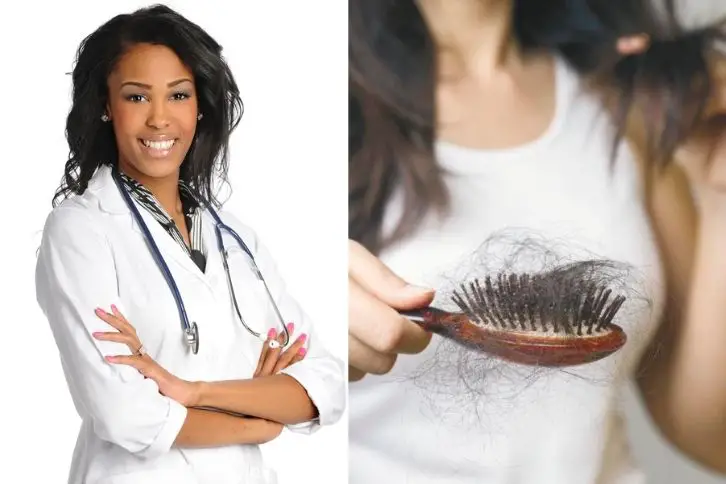



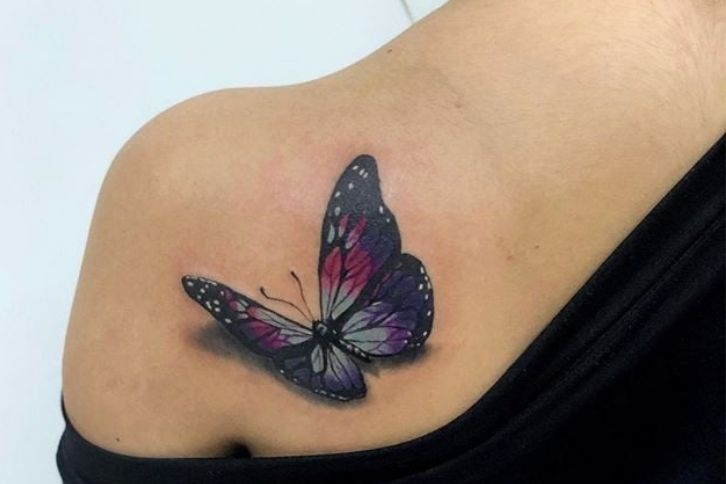


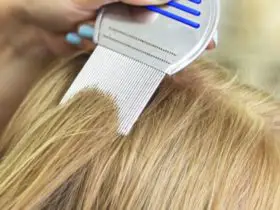

About Me
Fashion & Beauty Enthusiast
Hi, I'm Fanti. I'm a fashion, beauty, and lifestyle enthusiast, and the ultimate curves queen. Here, I share beauty, fashion, and lifestyle tips to teach, inspire, and give confidence to all women.